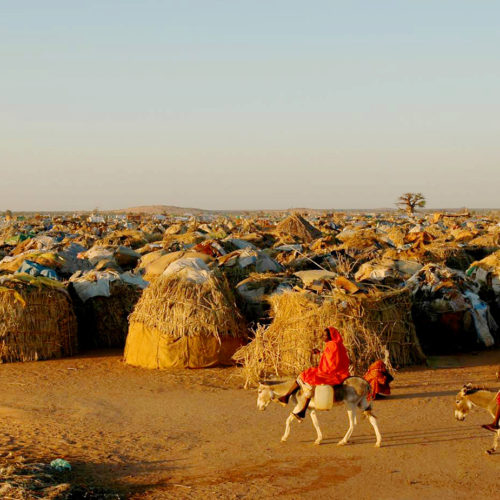
A recent report by the World Health Organisation warns that 8 million children in Sudan will need urgent help this year. “Children are already hungry every day” says Patricia Parker OBE, Founder of Kids for Kids. “Families need help, and fast.”
World Food Programme (WFP) has announced it is targeting an estimated 900,000 beneficiaries (349,000 children) through integrated food and cash assistance across South Darfur, East Darfur and South Kordofan states. But these figures fall far short of those in need.
There is no mention of remote communities, where Kids for Kids concentrates its help, where numbers are increasing every day. There is unfortunately a staggering shortfall in aid available.
Once again, this is a stark reminder of just how much Kids for Kids is needed and just how much difference your help makes, not only now but also for future generations.
Could you Donate to the Greatest Need and help us provide help that is so desperately needed please? And please tell as many people as you can. We cannot do this alone.
World Vision – Full article – Originally published 23 Jan 2022
14.4 million people across Sudan -1 in 3 people- will need humanitarian assistance in 2022, an increase of nearly a million people when compared to 2021, humanitarian partners estimate. Children, account for 55 per cent (7.8 million) of the humanitarian needs caseload- according to the 2022 Sudan Humanitarian Needs Overview.
An estimated 9.8 million of the people in need, have been assessed as acutely food insecure and will require food assistance. ……….Malnutrition remains a real threat, especially for vulnerable children under five years old. At least 4 million people (nearly 80 per cent of them children below five years) will need nutrition support and this includes life-saving therapeutic care to avert exposure to risks such as malnutrition. A combination of factors, including: inter-communal clashes and floods in 2021 that drove people out of their homes, and inflation which reduced people’s purchasing power, further deepening food insecurity in households are contributing to driving malnutrition risks. In addition, 4.2 million children are estimated to be out of school- due to the effects of different shocks and hazards on the educational system, while 3.2 million children will need protection assistance.
Localised conflict, ongoing economic crisis and climate change: key drivers of humanitarian needs
Conflict, remains a key driver of humanitarian needs for a majority of the vulnerable population. Nearly 60 per cent of the people in need, are concentrated in areas affected by conflict. Conflict being a key driver of internal displacements, which as of December 2021 was estimated at 2.9 million, a majority of whom are in Darfur, Kordofan and Blue Nile regions considered as epicentres of localised conflict for nearly two decades. The prolonged economic crisis characterised by high inflation and increased food insecurity has been further exacerbated by COVID-19. Furthermore, the ongoing impact of climate change characterised by recurring floods and droughts, among other things, has also contributed to increased humanitarian needs and impacted millions, including the estimated 1.2 million refugees.
World Vision’s planned response
Brian Mashingaidze, World Vision’s Sudan Food and Cash Assistance Program manager says that World Vision in partnership with World Food Programme (WFP) is targeting to reach an estimated 900,000 beneficiaries (349,000 estimated to be children) through integrated food and cash assistance across South Darfur, East Darfur and South Kordofan states. These are: internally displaced persons (IDPs) refugees and vulnerable host populations. 75,619 children across 117 schools in South Darfur state are also targeted to benefit from the feeding programme. To improve affected communities’ resilience, World Vision will engage 63,000 target beneficiaries across South Darfur, East Darfur and South Kordofan states in community assets creation and a diverse range of livelihoods activities, as suggested by them. For further details in the article, visit WV Sudan website, here.

Registered Charity No: 1100045. A Company limited by Guarantee Registered in England & Wales No: 04607292. Recognised by the Humanitarian Aid Commission in The Sudan as a Charitable Foundation.
Copyright Kids For Kids © 1990 – 2021 US Friends of Kids for Kids Registered with Global Giving 501(c)3 Supported by HolmPC Ltd.